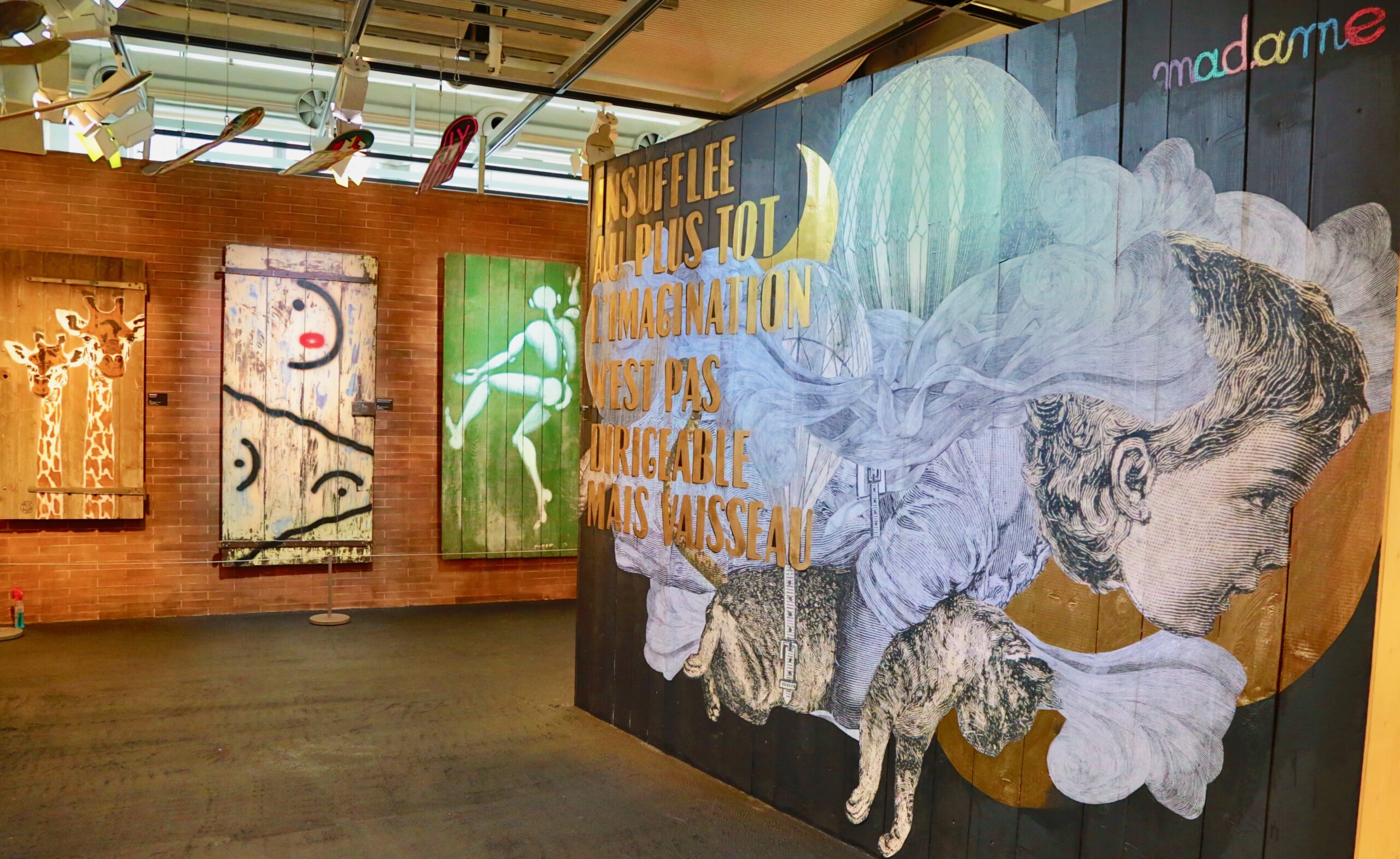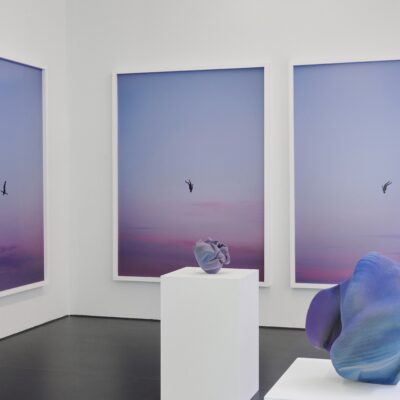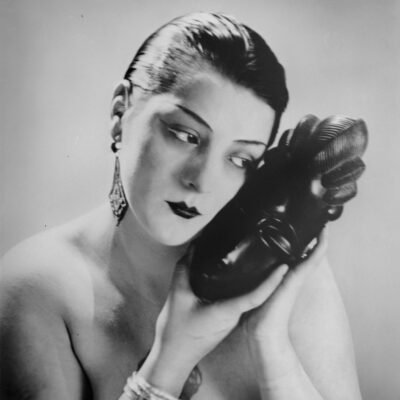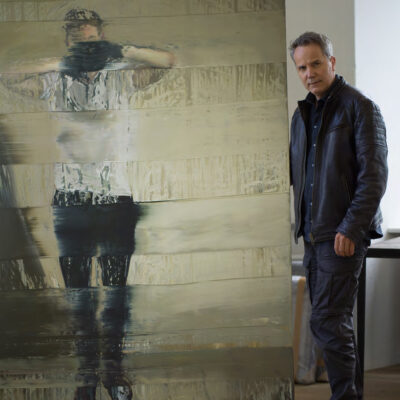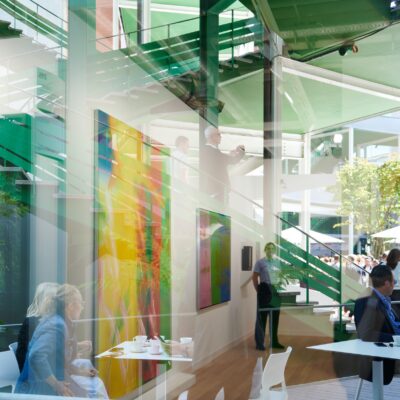Street art is undoubtedly THE artistic movement of the 21st century. And 2020, marked by the health crisis, provoked the emergence of new talents, openly expressing what the public thinks to itself. Urban works are proudly displayed on the walls of our cities, the facades of buildings, and other public spaces. At the Quartier Libre SIG in Geneva, an exhibition is dedicated to this universal expression, entitled “One, Two… Street Art”. It is the result of collaboration between the Lyon association, Little Beaux-Arts, and the Musée en Herbe in Paris. These two institutions are pioneers in the field of culture for children. A first edition was held in 2017 in Lyon. At the start of this gloomy autumn, here is something to get you back on your feet and discover the expressive richness of urban art through the works of 50 major Swiss and international artists.
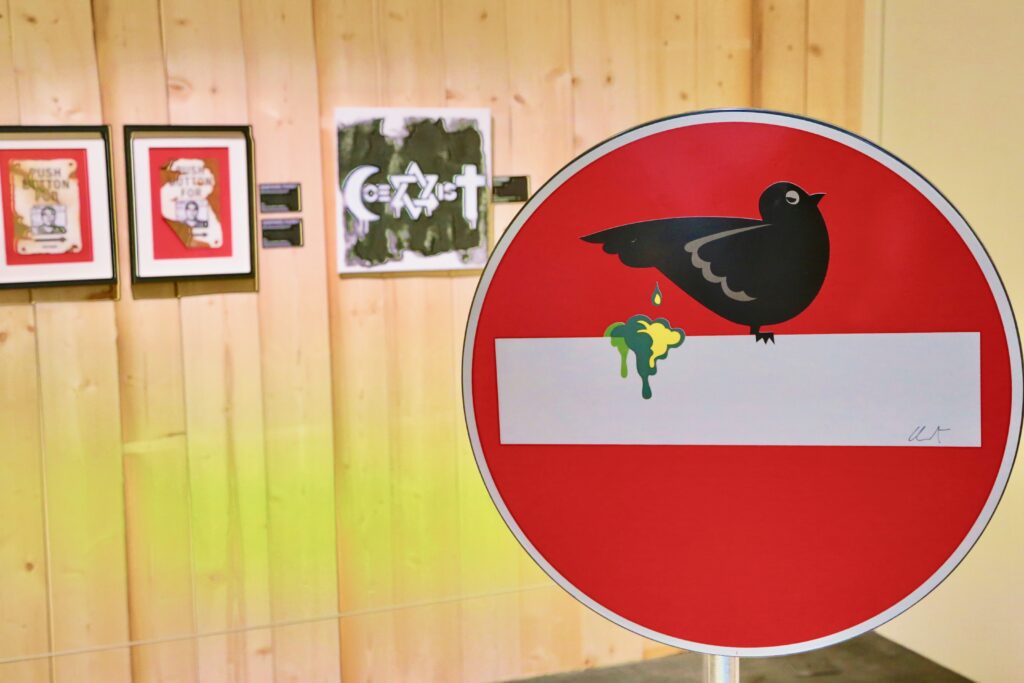
Is there a period marking the emergence of this artistic expression? Perhaps in the prehistoric era with the caveman eager to communicate for posterity? Or in some ancient civilization with hieroglyphics? Without going into this debate of specialists, it is common knowledge that street art has its roots in the United States in the 1960s. In this period, urban artists started to take possession of their territory by affixing their monumental tags on the walls, the metro, the trains…ignoring the fact that it was forbidden.
The signature becomes a work of rebellion and street art creates its vocabulary: graffiti, tag or blaze. How do these nonviolent outlaws act? As a crew of graffiti artists. For what purpose? To challenge, claim, make people think, and break the codes imposed by society, always at the risk of being fined or arrested, like the iconic Keith Haring caught in the act by the police in the New York subway. We discover the names of the most famous, such as the Americans “Cope 2” and “JonOne”, the Swiss “Smash 137” or the French “Zenoy”, who have developed a unique and colorful calligraphy. Street artists have always chosen urban spaces as their playground. Day and night they work, sometimes masked, to brighten up cold and gloomy spaces or to express their opinions publicly. Our daily life is dotted with these places tagged, graffitied, painted…and that does not shock many people anymore. And yet, most street performers have had trouble with the law for vandalism. Mentalities are changing, times are changing.
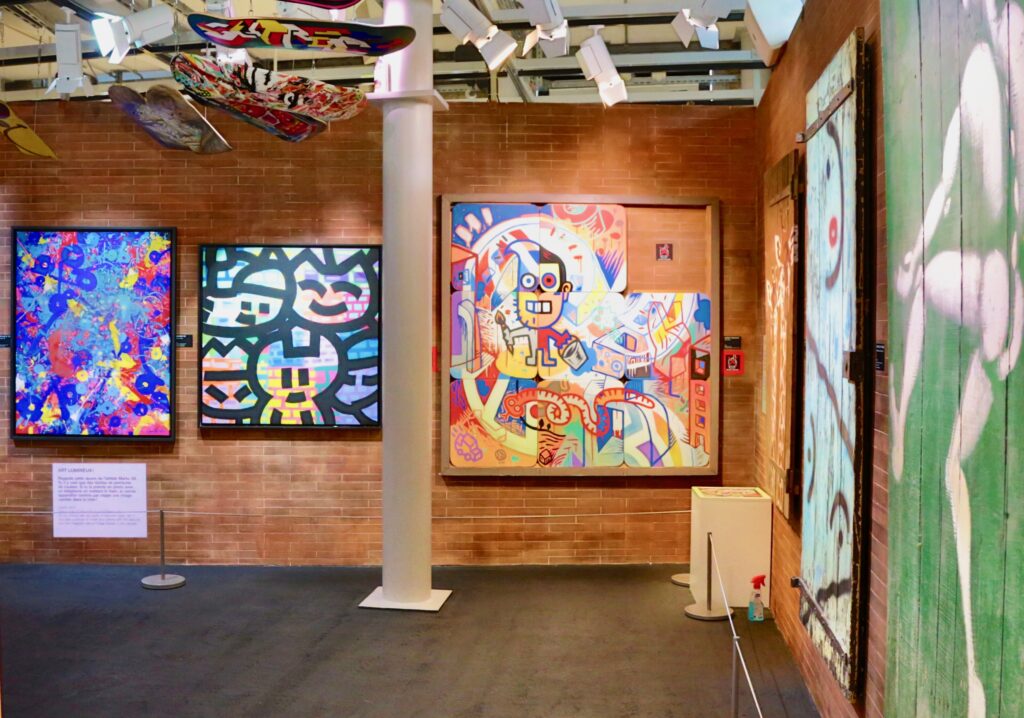
Most urban artists today act legally. For example, in 2008 when the American Democratic Party commissioned graffiti artist Shepard Fairey to create Barack Obama’s “HOPE” campaign, which has become iconic. One of the most controversial contemporary artists today is arguably the mysterious Englishman Bansky. Is he awesome or an impostor? Remember the sale at Sotheby’s in 2018, and the buzz created by the self-destruction of his work “Girl with Ballon”, sold for 1,200,000 euros. Street art has indeed become “bankable”. The works have passed through the doors of museums and galleries for years and those exhibited in the Quartier Libre come partly from private collections.

Although street art began with spray paint, now each artist is defined by his own technique (tools, materials) and the surfaces on which he will perform. These include stencil, paintbrush, collage, paper, stickers, mosaics, photography, as well as recycled materials. The interactive visit of the exhibition allows you to discover the main styles in vogue since the beginning. This ranges from the humor of the hijacked road signs of “Clet”, to the animals of “Mosko’s” savannah painted on wood. Credit is also due to female street artists although very few are shown here. One is the artist “Madame” and her work full of poetry composed of collages and words. Among the headliners, we notice a sculpture inspired by Banksy’s work “Flower Bomber”, a pixelated mosaic by “French Invader”. Also worth mentioning is the performance of the artist “Erell” who personalized the façades of Quartier Libre with his geometric stickers that have become his signature style.
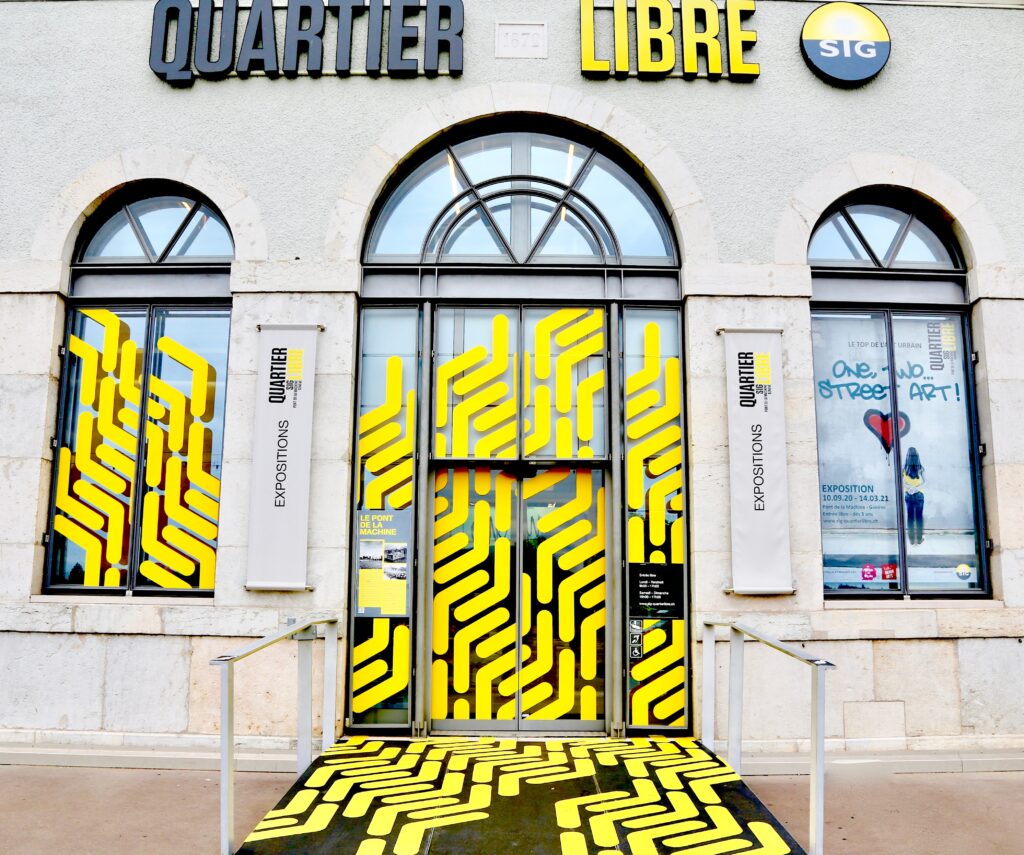
This exhibition also includes some Swiss stars who are very active on the international scene. We were delighted to find the work of artist Saype, who previously created the “Beyond Walls” grass painting in Geneva. Nicolas Bamert’s aka “The Original” pieces are also displayed, as well as “Heurk One”. “One, Two… Street Art” is not limited to Quartier Libre. A tour is organized in the streets of Geneva revealing other installations, in particular the SIG electrical boxes redesigned by 10 artists. As Keith Haring once said: “Art is not an elitist activity just for the enjoyment of a small number of amateurs, it is for everyone. And in turn, Banksy has stated, “A wall is a formidable weapon. This is one of the most dangerous you can hit anyone with.” The Street Art exhibition at Quartier Libre reiterates the ongoing power of graffiti as an artistic statement.
